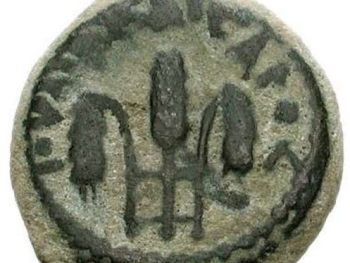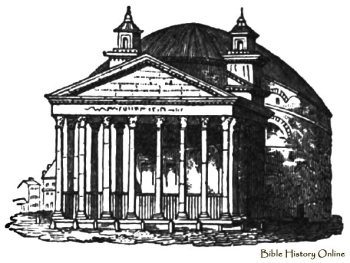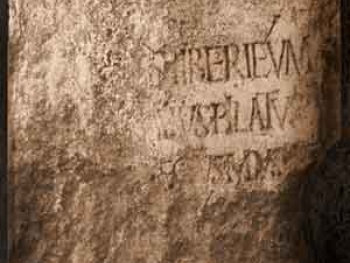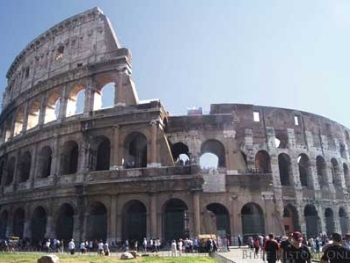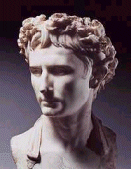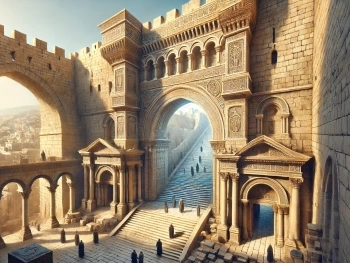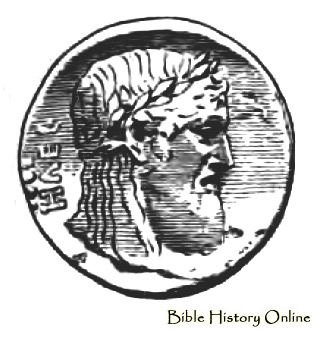
In Christianity, Jesus is the One true God who came to earth clothed in human flesh. In Greek and Roman mythology Zeus (Jupiter) was a celestial deity, and one of many gods. Zeus was the chief of the gods of Olympus, and he was the son of Saturn and Ops, husband of Hera. He was also born and educated in the island of Crete. Zeus (Jupiter) statues show him as a majestic man with a beard, sitting on a throne of gold or ivory, holding thunderbolts in one hand ready to be hurled, and in the other hand he holds a scepter of cypress with an eagle above. In ancient Rome Jupiter (Zeus) was the God of the sky.
Source:
